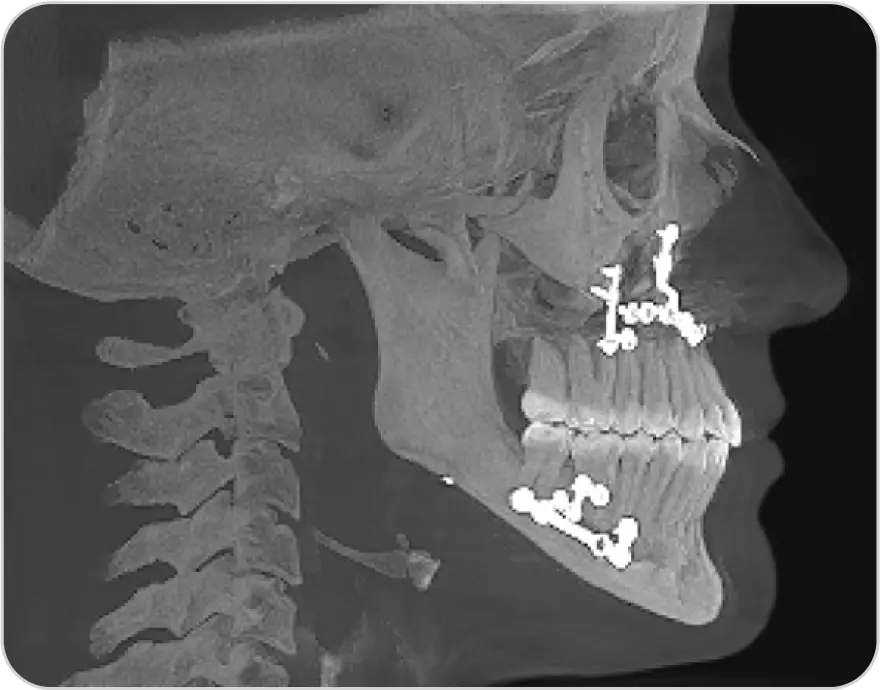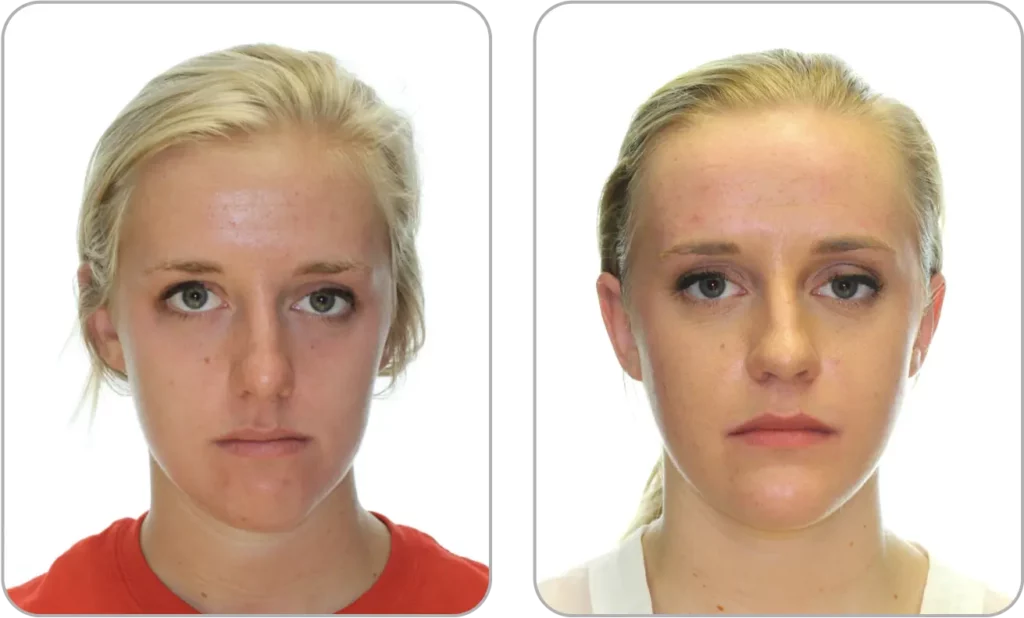
Condition
Condylar Hypoplasia Type 1
Condylar Hypoplasia Type 1 is a condition where the lower jaw joints, called condyles, grow unevenly. In this condition, both condyles are growing, but at different rates, which leads to asymmetry and abnormal shape of the jaw joint. This can result in facial unevenness and problems with how the upper and lower teeth fit together. It can also cause limited jaw movement and difficulty in opening or closing the mouth properly. The onset of Condylar Hypoplasia Type 1 usually occurs during puberty. This condition leads to horizontal growth, resulting in mandibular prognathism (protruding lower jaw). The growth process typically concludes in the early to mid-20s.
Common Symptoms
Facial asymmetry, uneven jaw growth, malocclusion (misalignment of the teeth), limited jaw movement, difficulty in opening or closing the mouth fully, and problems with biting and chewing. Some individuals may also experience pain or discomfort in the jaw joint, as well as speech difficulties.
Procedure Performed
Bilateral High Condylectomy. Lefort 1 Segmental Osteotomy. Bilateral Saggital Split Osteotomy.
About This Patient
There was excessive growth on both sides of her jaw joints, and this growth was not
symmetrical or balanced. The jaw bones on both sides grew more than they should have
leading to an imbalance in their size and shape. After two rounds of orthodontic therapy the
excessive growth of her jaw joints persisted, resulting in the continued facial asymmetry and the need for surgery.
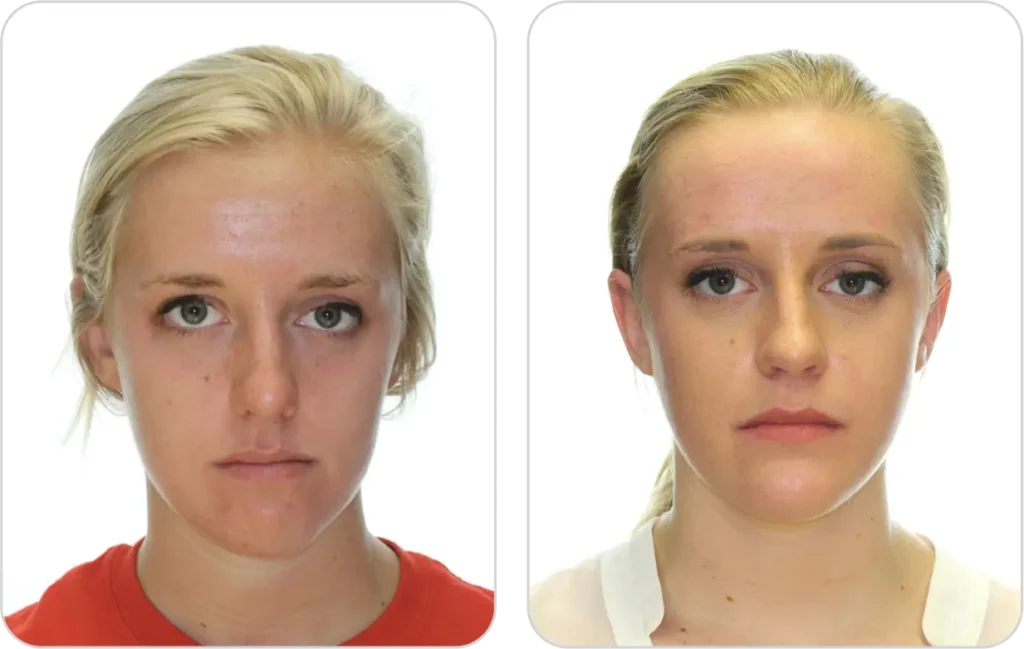
Before
After
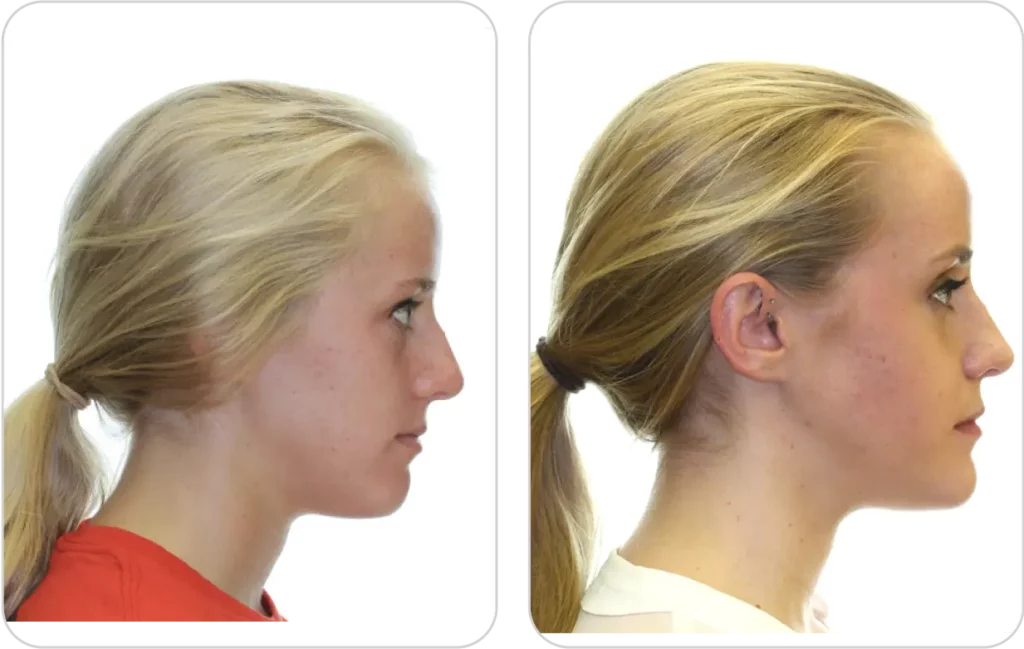
Before
After
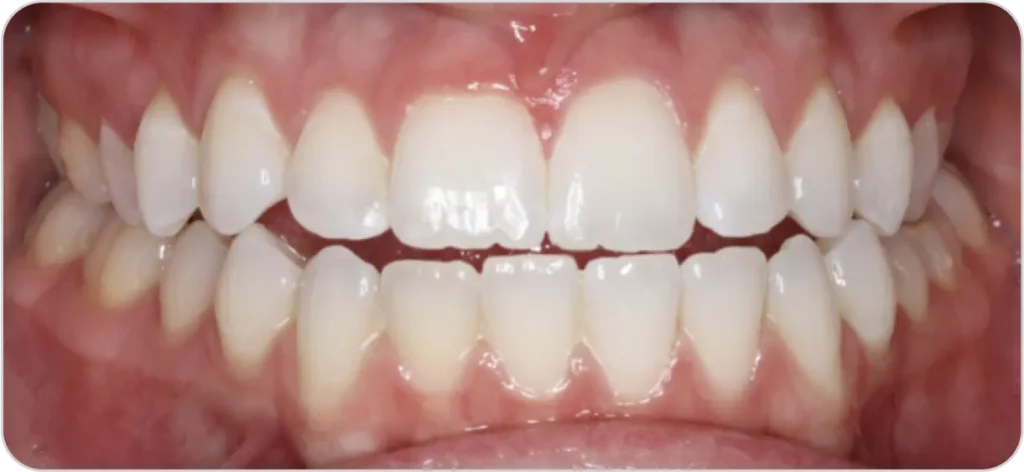
Before Occlusion
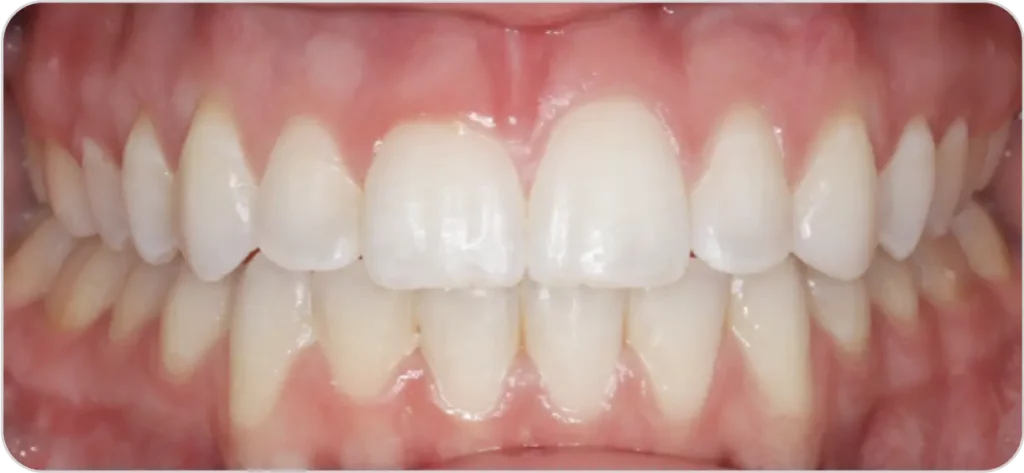
After Occlusion
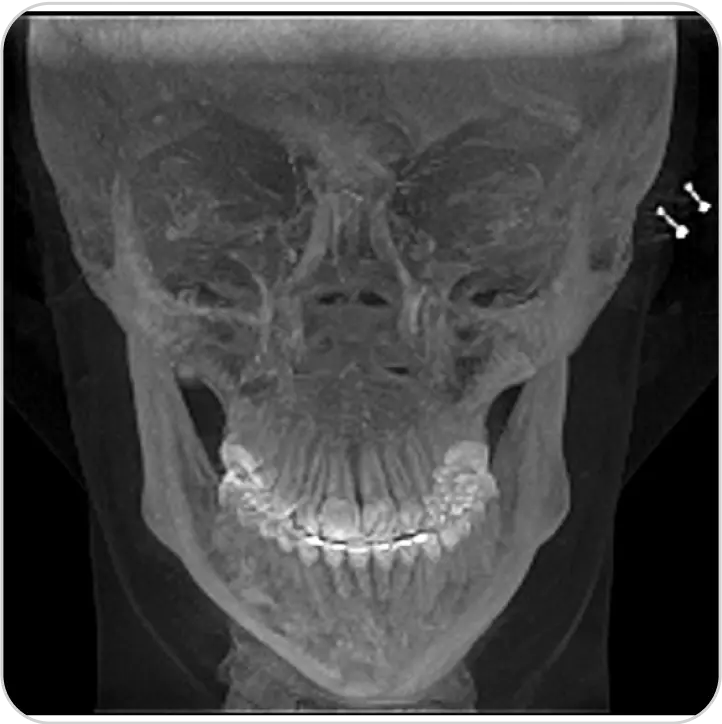
Before Surgery
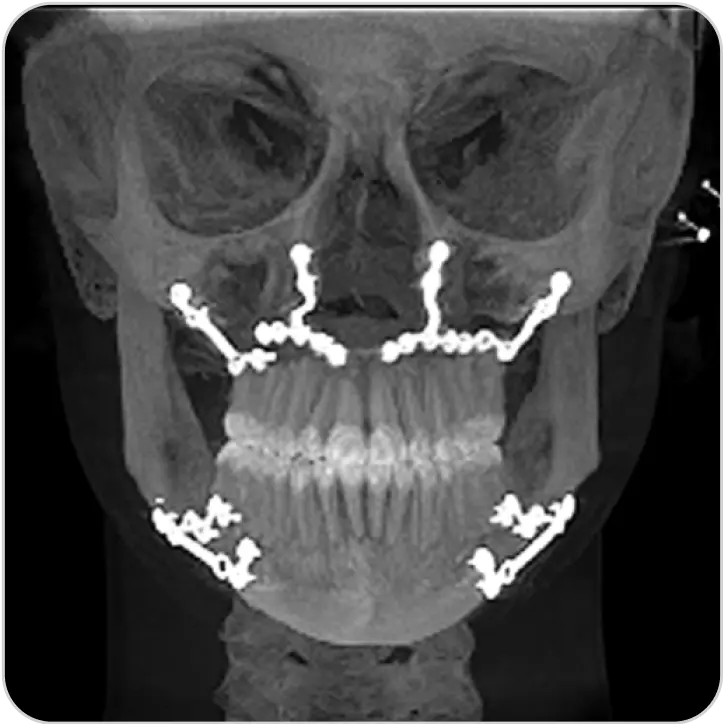
After Surgery
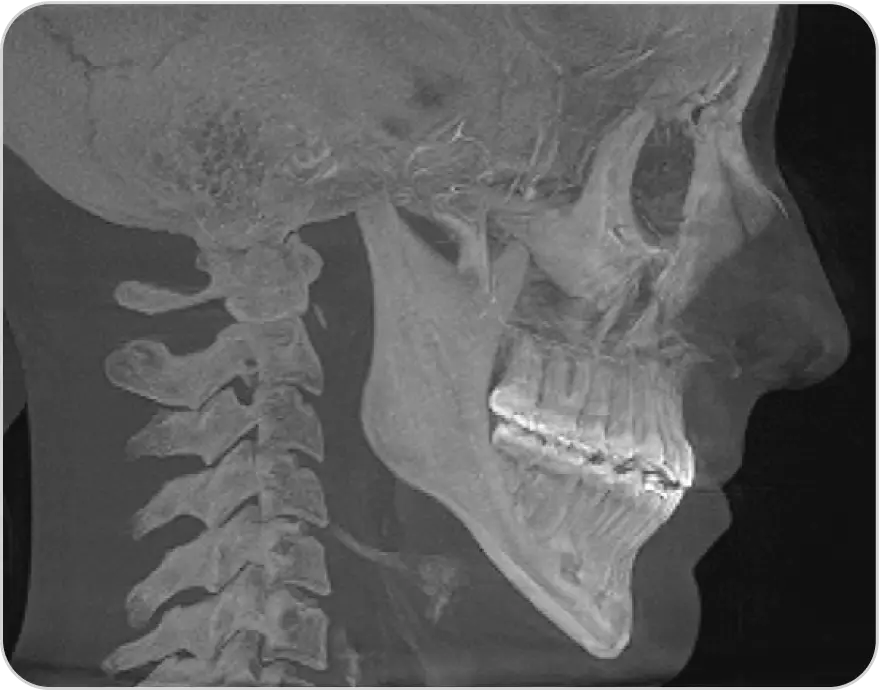
Before Surgery
